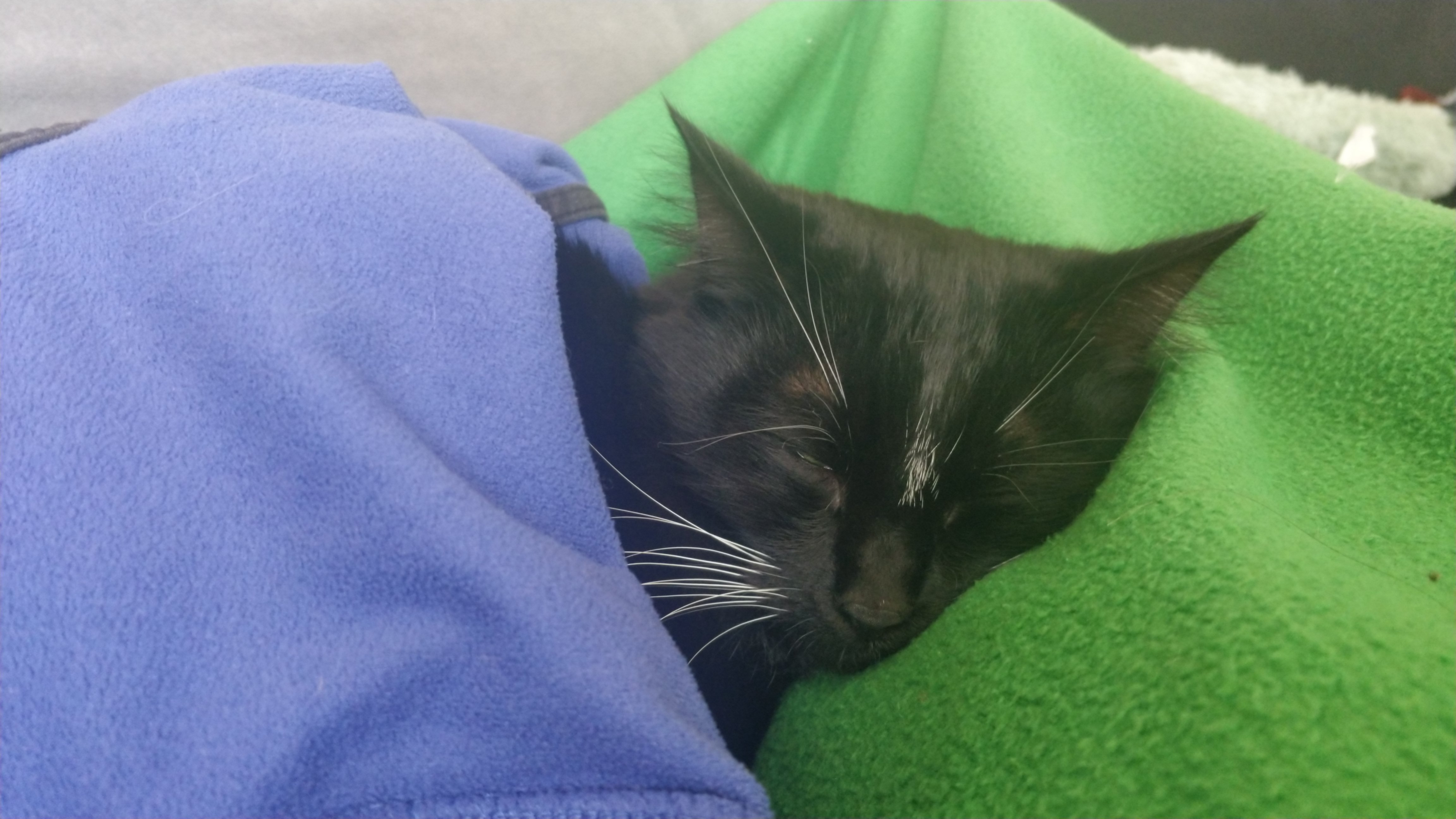I remember how big this was for a while - only for this bit of news to be buried with a short article. Surely the scale of infestation (resulting in the change in approach) is going to have significant impacts to pollinator-dependent agriculture?
Faaark. I didn’t even know it was here.
Non-compliance by some beekeepers, a recent spike in new detections and over a wider area made eradication a non-viable option, the group said.
These cunts…
I’m guessing it’s too many hobby farmers and anti government/homesteading types who don’t understand the seriousness of this shit, it’s like Covid all over again. Plus I’d heard feral bee colonies were an issue too.
But I’m surprised you didn’t know it was here, if it’s a topic of interest? Varroa mite was big news earlier this year when it was first detected in NSW, the reporting was rather dire.
Varroa has never been eradicated once it shows up, ever, anywhere. Once it was found in Australia, it was already so established that it was not possible to get rid of it. Thats because by the time it’s detected, it’s already been spreading for a while.
Varroa is easily managed and we’ll adapt like everywhere else. It’ll cost us, but on the flip side it’ll benefit native species vying for holes in trees etc
It’s good to know it’s not the end of the world. I get the sense Australian farmers and the industry are so used to having far fewer pests and diseases than overseas (thanks to really good biosecurity) that it might really cost them to adapt, and those costs will be passed onto the consumer of course…
Definitely good for the native ecosystem, I agree, sadly of little concern or value to most in times of economic pressure.
This is the best summary I could come up with:
Beekeepers will have to learn to live with the deadly varroa mite following a national decision to shift from eradication to a management approach.
Despite a $100m effort to eradicate the pest over the past 14 months, scientific data and advice suggested the strategy was no longer possible.
The National Management Group, which manages the spread of varroa mite across Australia, made a unanimous decision on Tuesday to transition its approach to addressing the biosecurity issue confronting beekeepers and the pollination industry.
Non-compliance by some beekeepers, a recent spike in new detections and over a wider area made eradication a non-viable option, the group said.
The varroa mite mainly feeds and reproduces on larvae and pupae, causing malformation and weakening of honey bees and transmitting numerous viruses.
There have been more than 260 outbreaks identified in the Newcastle region, on the NSW north coast near Coffs Harbour and near the Victorian border since the parasite was first detected.
The original article contains 191 words, the summary contains 158 words. Saved 17%. I’m a bot and I’m open source!
The ABC reported 30,000 hives.
Either way this is shit and I hope doesn’t result in a bigger issue.
That’s worrying. Real implications for food supply if bees drop in number. I saw something about some fungus that could help eradicate varroa in hives?
Also could it help to support native/other pollinators to try and get their numbers going? I know that basic places like Big W sell ‘bee and butterfly’ seed packets, but also places like Bunnings sell native wildflower seed mixes that might be a better choice.
My health and mobility don’t lend themselves well to guerrilla gardening these days but you can make ‘seed bombs’ to throw into abandoned lots by many methods. Such as filling eggshells with seeds and potting mix and pasting tissue paper over the hole to contain the contents, embedding seeds in balls of recycled paper pulp, or creating seeded soil balls with clay powder/ground bentonite clay cat litter as a binder.
Obviously I am not an actual conservationist and this may not be good advice. If you decide to go ahead do the research, check laws, ask someone who actually knows. Also don’t do it on someone else’s property, don’t use any invasive or poisonous plants, and don’t do it in nature reserves.
Another idea is bug hotels. Also sold at standard places like Big W or Bunnings (I think.) However I have seen articles saying that the pre-made ones aren’t good, that the diameters of the holes are not suitable for bees/pollinators? Some info about pollinator houses.
There was a citizen science project to count pollinators but unfortunately it’s finished now.
I found something more official. The information here is copious and out of date by now (I assume the poisoning has stopped) but if you skip to the very bottom there is info about identification of native bees, rescue and making bee hotels. https://www.aussiebee.com.au/varroa-mite-crisis.html Annoyingly it won’t let me just link to that whole category.





